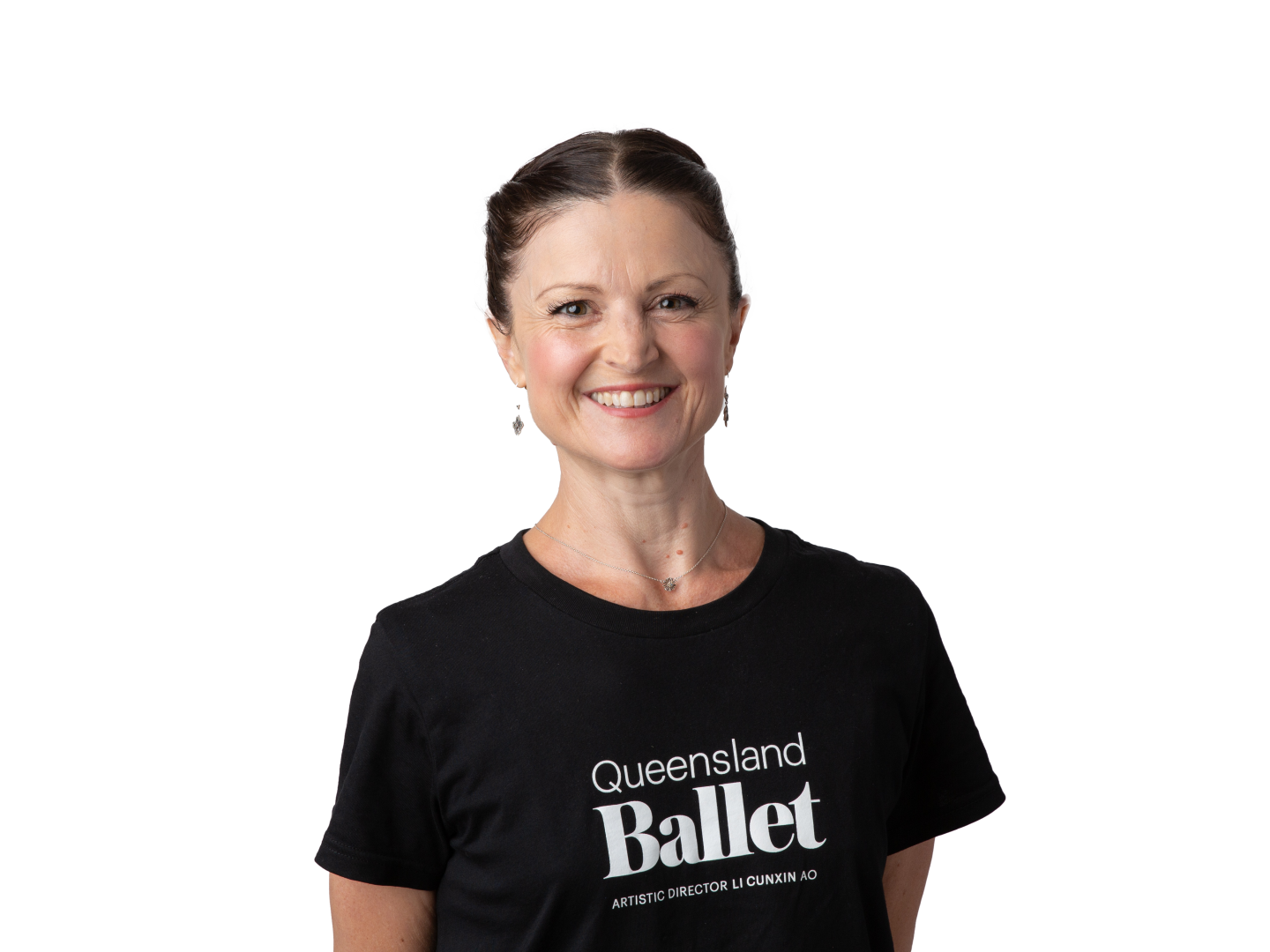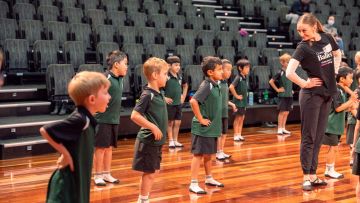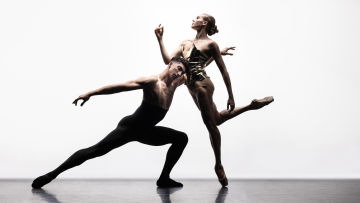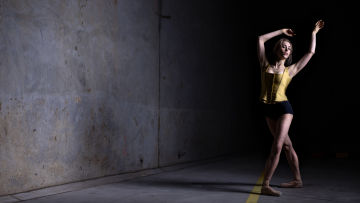Q&A with Academy Teacher, Claire Phipps-Males

Even as a ballerina, Claire Phipps-Males knew she wanted to become a teacher. After more than a decade of performing with The Australian Ballet (where Li Cunxin also danced at the time!), and as a Soloist and Ballet Mistress at Queensland Ballet under Francois Klaus’ directorship, Claire set her sights on the education sphere, now fulfilling that passion at Queensland Ballet Academy. Here, Claire shares insight into Academy culture, performance opportunities, and how the students continually inspire the teachers.
Tell us a little about your performance career and how you developed a love of educating.
As a dancer, I always knew I wanted to become a teacher or a ballet mistress. While I was in the corps at The Australian Ballet, I began teaching under Colin Peasley’s education programs and I loved it! I also worked as Ballet Mistress at Queensland Ballet under François Klaus. Here at Queensland Ballet Academy, I have the opportunity to do both. I enjoy teaching technique, as well as learning choreography, teaching choreography, and assisting the choreographer with their works. I’m currently teaching the Pre-Professional Program dancers (PPPs) and as they perform a lot, I’m really lucky. It’s a dream job.
What is a typical day for you?
I teach class in the morning to the women in the PPPs, and Camilo (Ramos) teaches the men, then we have a pas de deux class where we come together. After this we may do variations technique, then the dancers have other teachers for contemporary, and we finish off with rehearsals of whatever repertoire we are working on at that time. Currently we’re rehearsing for the Academy Gala and Peter and the Wolf. The daily structure is similar to the Company’s and works alongside theirs, that way our dancers can join Company class or rehearsal which is sometimes required.
The PPPs are performing in Queensland Ballet’s upcoming season of Peter and the Wolf. How has this experience been for the young dancers?
It has been great for them to work with choreographer Greg Horsman, and nice for me as well to see Greg impart his stagecraft knowledge and artistry knowledge, along with the choreography. Peter and the Wolf includes a lot of acting so the dancers are working to a narrative and not just music, so they are learning to tell a story: they have to be the wolf, be the duck, be the bird. It’s a big ask, but it’s helping them as artists, and developing their skills more than if they were learning pure technique.
How does Academy’s holistic culture and focus on wellbeing affect the students’ development?
I’m currently teaching the ‘top end’ of the Academy with these students bridging into professionalism, and I feel like they have such confidence and resilience. They feel free to speak their minds and we have a great culture of open communication, and I think it’s because they feel so supported, holistically, in their physical health, their mental health, and their emotional health. We respect them, and they respect us, they are resilient and strong, and it’s so good to know they’ll go out into the world as accomplished human beings as well as dancers.
Favourite aspect of your job?
It doesn’t matter what age they are, but I love methodology – I love to look at the student and find what works for them as an individual. What works for one person may not work for another, so I love to analyse learning styles and developmental stages: how can I help that person achieve this? Or why is this particular approach working? My passion in teaching is to treat everyone as an individual, and that can be quite inspiring, particularly at this age where they are mature enough to self-analyse and self-reflect, and then we have that open communication to work on it together. So I think for me, teaching is all about that: catering to the individual.
My other passion is repertoire, which is why I love being a ballet mistress or a rehearsal assistant. This year, we’ve worked with Greg Horsman twice, for Aspire and Peter and the Wolf; and watching him impart his knowledge of artistry and stagecraft with the dancers has been invaluable for my professional development. We’ve also worked with Paul Boyd (Resident Academy Choreographer), and then we’ll work with other choreographers throughout the rest of the year.
You’ve lived and worked in Brisbane, Sydney and Melbourne. What’s great about living in Brisbane?
The weather, the culture, and it’s such an easy city to live in. It’s easy to get around, the weather is great, it’s good for kids, and there’s a community feel in Brisbane that you don’t get in the larger cities.
Tell us something special about Queensland Ballet Academy.
Obviously, the new facilities are amazing, but I think it’s the team that I’ve found the most encouraging. The culture stems from the directorship, from Li (Artistic Director) with his passion for ballet and where he wants to take it, and from Christian (Academy Director), who is so supportive. He builds his staff up, his students up, and he genuinely wants the best for every student, and that filters through to the staff. If you’re in the staff room, you’ll hear everyone speak with passion for the students’ development and in helping them to be their best person, and how it’s not just one rule for everyone – these are classes full of individuals. And that’s how I like to teach, so I feel like that culture is special.
There’s also a great culture of respect amongst the students: they really like each other, they’re good friends, and the older ones also help the young ones, and the Company dancers are really helpful to the PPPs as well. They’ll give them little training tips and advice. That culture filters down from the top – that culture of support, of everyone wanting to be better, not just wanting to better themselves, but as a group. They also have fun, they support each other, and they want to come here, which makes for a really nice environment.
By Cassandra Houghton
#Related

Media - Press Releases
Queensland Ballet Education Programs 2026 Learning through Dance

Media - Articles
2025 Wrap Up

Media - Press Releases
